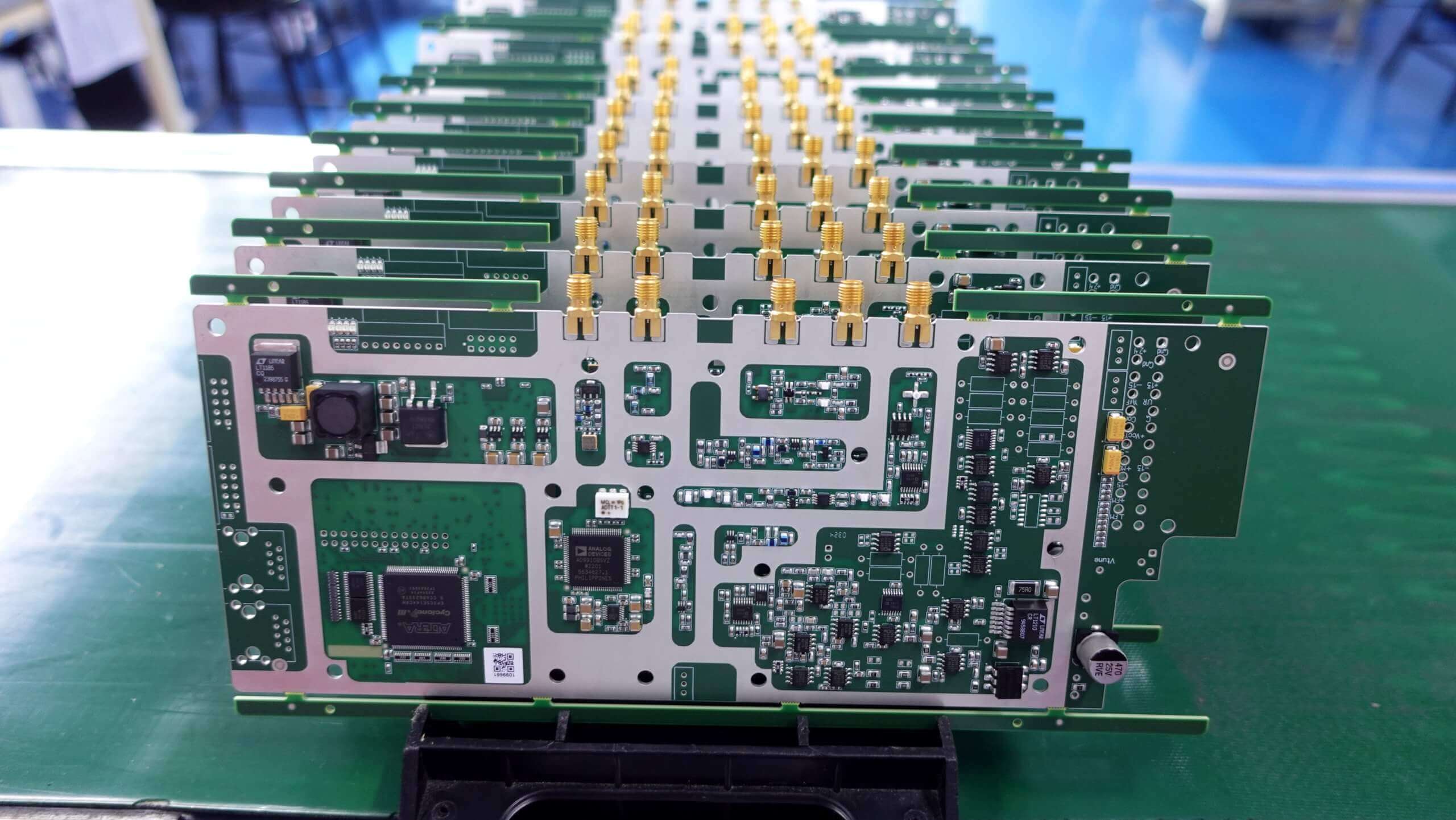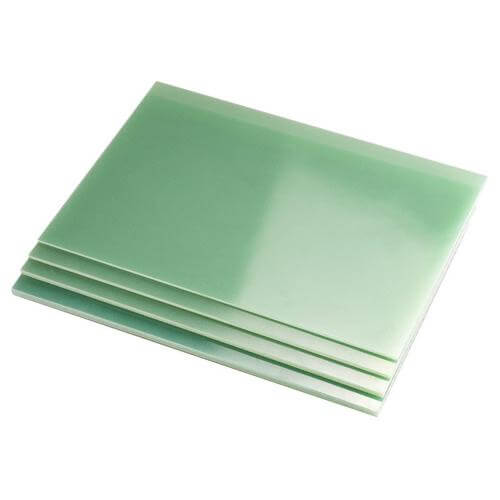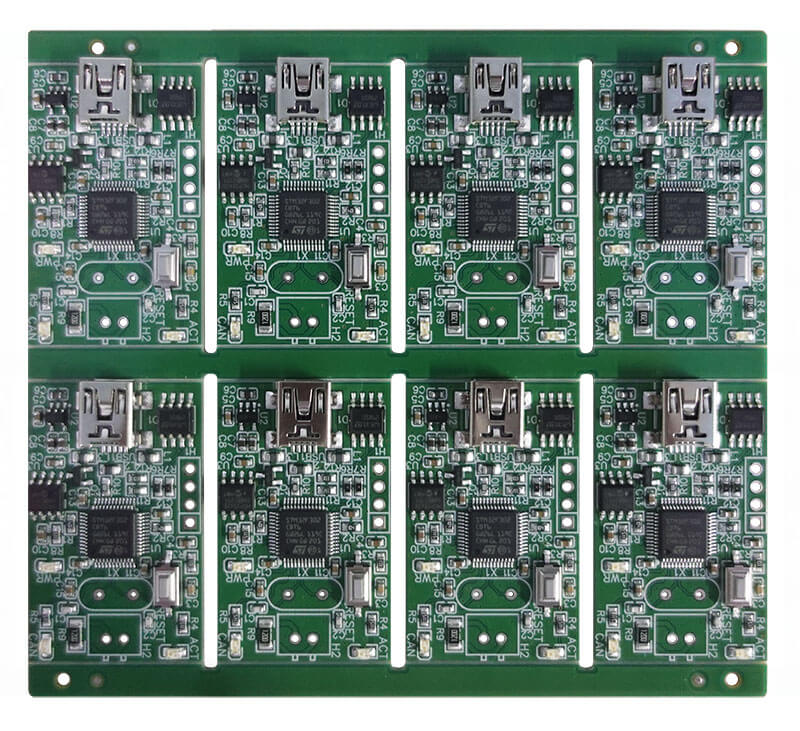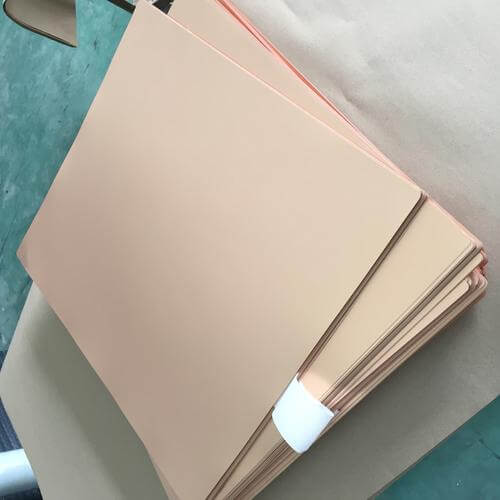The defects detected by X-ray reveal hidden problems that will eventually affect product quality. Worried about unseen flaws in your manufacturing process? X-ray inspection can find internal and external defects that you might miss.
This article will explain the types of defects that X-rays can pick out to help you maintain a high standard of quality. From voids and cracks to solder joint issues, it’s all here.
Let’s get started.
Understanding X-Ray Inspection Technology
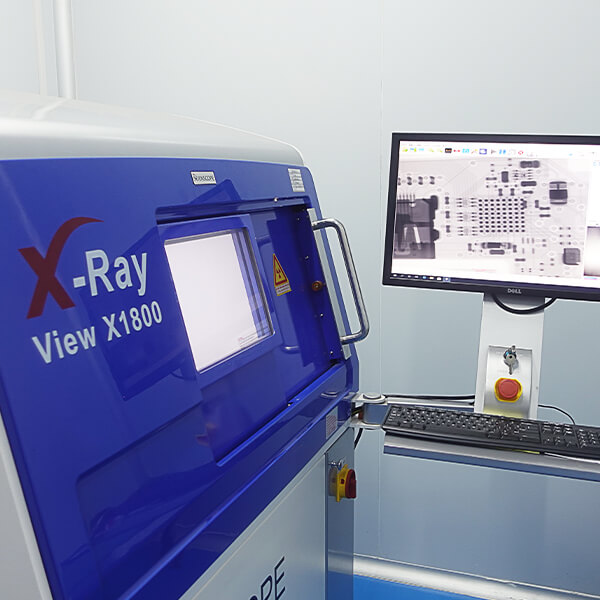
X-ray inspection technology is one of the most powerful tools that can be used in various industries to detect defects not visible by the naked eye. This non-destructive testing method utilizes X-rays to penetrate through materials and generate detailed images of their internal structure, showing any hidden problems.
How X-Ray Inspection Works?
X-ray inspection works based on the principle that different materials absorb different amounts of X-rays while passing through. This variation in absorption, once captured on a detector, decodes the material images accordingly.
This therefore enables the identification of defects that lie within, such as gaps, cracks, inclusions, and porosity.
Importance in Quality Control
Quality and reliability of products are important in customer satisfaction and are also required to meet industry standards. Very early detection of defects may help prevent some expensive recalls or perhaps breakdowns of a product that is being manufactured.
X-ray inspection is very useful in the creation of safety-critical and performance-critical industries such as aerospace, automotive, electronics, and medical devices.
Types of Defects Detectable by X-Ray
The x-ray technology can detect various kinds of defects including internal and external.
Let’s discuss them in detail:
Internal Defects
1.Voids
Voids are empty spaces or air pockets inside a material or component. They can originate during the manufacturing process by incomplete filling of molds, entrapment of gases, or improper mixing of material.
The existence of veins and voids can significantly weaken the structural integrity and reliability of the component.
2.Cracks
Cracks are ruptures or tears within a material and may be caused by either the stresses, thermal cycling, or intrinsic defects introduced during their manufacture.
X-ray technology can detect even fine cracks that are not visible to the naked eye, ensuring that components are safe and reliable.
3.Inclusions
Inclusions are the particles or impurities of foreign materials embedded within a material. They can be inherent in raw materials, induced during processing, or acquired in any other manner. They can affect the mechanical properties and performance of the component.
4.Porosity
Porosity is when very small, self-connected voids exist in a material. It may result from a casting process, welding process, or any other mode of manufacture. This diminishes the porosity contribution that leads to a component with lessened strength, durability, and performance.
External Defects
5.Component Placement Errors
In the case of electronic modules, particularly assemblies, misplacement will cause failure or performance that cannot be relied on. Component placement and orientation on printed circuit boards will be assessed using the available X-ray technology.
6.Solder Joint Defects
The solder joints are critical in all electrical and mechanical connections that make up electronic assemblies. Defects in the solder joint, which could include cold solder joints, solder bridges, and insufficient solder, can be detected with X-ray technology.
7.Foreign Object Debris
FOD refers to foreign object debris composed of undesirable material or particles either on or inside a component. They cause short circuits, interference problems of a mechanical nature, and contamination problems.
X-ray technology identifies and locates FOD to ensure that the assembly is clean and free from all failures.
By detecting these internal and external defects, X-ray technology plays a crucial role in quality control and assurance, helping manufacturers produce reliable and high-quality products.
Advantages of X-Ray Inspection
X-ray inspection offers several significant advantages that make it a valuable tool in various industries for quality control and assurance.
Here are some key benefits:
- Non-Destructive Testing (NDT)
One of the primary advantages of X-ray inspection is that it is a non-destructive testing (NDT) method. This basically means it is possible to inspect components and materials without actually damaging them or having their integrity interjected with.
This is markedly true in high-value or vital components where destruction could not be feasible for testing purposes.
- High Penetration Capability
One of the prime properties of X-rays, good penetration, makes it possible for them to easily pass through dense materials such as metals, composites, and ceramics.
Therefore, this technique can be successfully used during inspection not only of internal defects located beneath the surface but also multi-layer structures and complex assemblies.
- Detailed Image Generation
Modern X-ray inspection offers images that allow an investigation into a lot of detail of the internal and external structure of a component. Such high-resolution images provide useful information about size and location of defects.
Advanced systems are capable of producing 2D and 3D images, which enable effective analysis of the items under inspection.
- Real-Time Inspection
X-ray inspection allows examination in real time, wherein flaws can be spotted and analyzed there and then. This will thus turn out to be useful in processes where inline inspection is necessary.
This aids in detecting flaws immediately and making the requisite correct measures so that at least defective products do not reach the marketplace.
By leveraging these advantages, X-ray inspection enhances the reliability and quality of products across various industries, including aerospace, automotive, electronics, and manufacturing.
Limitations of X-ray Inspection
While X-ray inspection offers numerous advantages, it also has some limitations that need to be considered.
Here are the main challenges associated with X-ray inspection:
- Sensitivity to Density Variations
X-ray inspection is highly sensitive to variations in material density. While this is advantageous for detecting certain types of defects, it can also be a limitation.
Materials with similar densities can be challenging to differentiate, making it difficult to identify specific defects or components within a composite structure. This sensitivity can sometimes result in false positives or negatives.
- Cost and Equipment Requirements
X-ray inspection systems are often expensive to purchase, install, and maintain. High-quality X-ray machines, along with the necessary shielding and safety equipment, represent a significant investment.
Additionally, operating costs can be high due to the need for specialized operators and regular maintenance. This cost factor can be prohibitive for small-scale operations or for applications where less expensive inspection methods might suffice.
- Safety Concerns
The use of X-rays involves exposure to ionizing radiation, which poses health risks if not properly managed. Strict safety protocols and regulatory compliance are essential to protect operators and nearby personnel from radiation exposure.
This includes proper training, protective equipment, and controlled environments, which can add complexity and cost to the inspection process.
- Image Interpretation Expertise Required
Interpreting X-ray images accurately requires specialized expertise and training. Defects and anomalies can sometimes be subtle and require experienced operators to identify and assess them correctly.
Misinterpretation of X-ray images can lead to incorrect conclusions about the quality and integrity of inspected components. Therefore, having skilled personnel is crucial for effective X-ray inspection.
By understanding and addressing these limitations, industries can better implement X-ray inspection techniques and mitigate potential challenges, ensuring effective and safe inspection processes.
X-ray Image Analysis Techniques
X-ray image analysis involves various techniques to detect, interpret, and quantify defects and features within a material or component.
These techniques enhance the capability of X-ray inspection systems to provide accurate and reliable results.
Here are some of the key X-ray image analysis techniques:
1.Digital Radiography (DR)
Digital Radiography (DR) is a method that uses digital detectors to capture X-ray images directly. Unlike traditional film radiography, DR provides immediate image acquisition and processing, allowing for quick analysis and decision-making.
2.Computed Tomography (CT)
Computed Tomography (CT) is an advanced technique that captures multiple X-ray images from different angles around the object. These images are then reconstructed into a detailed 3D model of the object.
3.Image Subtraction
Image subtraction involves comparing two X-ray images of the same object taken at different times or under different conditions. By subtracting one image from the other, changes or defects can be highlighted.
4.Pattern Recognition and Machine Learning
Pattern recognition and machine learning techniques use algorithms to automatically identify and classify defects in X-ray images. These methods can be trained on large datasets to improve accuracy and reliability.
5.Histogram Analysis
Histogram analysis involves examining the distribution of pixel intensities in an X-ray image. By analyzing the histogram, specific characteristics of the material or defects can be identified.
6.Edge Detection
Edge detection techniques identify the boundaries and edges within an X-ray image. This helps in outlining the shapes and structures of components and defects.
By employing these X-ray image analysis techniques, industries can achieve more accurate and detailed inspections, leading to improved quality control and assurance in manufacturing and material testing.
Conclusion
X-ray inspection is a powerful tool for finding defects inside and outside materials and components. It can detect voids, cracks, inclusions, and porosity, helping to ensure high-quality products.
Compared to other non-destructive testing methods, X-ray inspection gives detailed images and real-time results but can be costly and requires safety measures.
Understanding X-ray image analysis techniques improves accuracy. By using X-ray inspection, industries can maintain high standards and prevent expensive defects.

